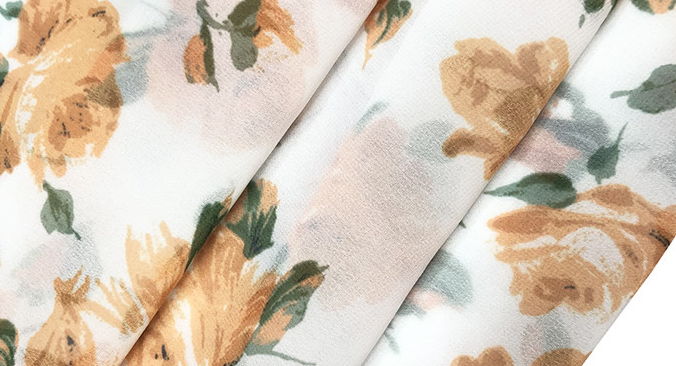News
What Is The Role Of Steaming In The Printing Process?
After textile printing, except for ice colors and soluble vat dyes, most dyes generally require steaming.
The purpose is to allow the printed textile to absorb moisture and increase in temperature, accelerating the reduction of the dye and its dissolution on the fiber. This enables the dye to diffuse into the fiber interior and become fixed onto the fiber.

The steaming process conditions vary depending on the properties of the dye and fiber.
During steaming, steam first condenses on the textile, causing its temperature to rise rapidly. Simultaneously, the fibers absorb moisture and swell. The color paste absorbs water, accelerating the full dissolution of the dye and chemical agents. This facilitates chemical reactions, promoting the transfer of dye from the paste to the fiber and its diffusion into the fiber interior, leading to fixation. The main factors affecting the moisture absorption of the color paste are the temperature and relative humidity inside the steamer.
Steaming equipment is selected based on the steaming process conditions, fabric properties, and production scale.
For easily deformable fabrics like silk, loose-type steaming equipment should be used. Small-batch production can employ batch (intermittent) steamers, while large-scale production can utilize continuous loose steamers, such as bottomless loose-loop steamers. Generally, a steamer has a row of guide rollers at both the top and bottom. The fabric is pulled forward by the top row of guide rollers. After printing, the fabric surface carries a significant amount of color paste. To avoid "smudging", a festoon-type continuous steamer where the fabric back contacts the guide rollers can be used.
After steaming, substances such as color paste, thickeners, residual chemical agents, and dyes on the fabric must be washed off. Ice colors and vat dyes also require soaping to achieve good color and fastness. Fabric washing and soaping are typically performed on multi-compartment washing machines. The entire washing process is completed through the diffusion of dyes and the exchange of wash liquor.
The thickener in the color paste must first swell before it can be washed off. The ease of washing depends directly on the properties of the thickener and conditions like heat exposure during prior processing. Residual dyes and chemical agents diffuse into the wash liquor and are removed from the fabric under the continuous displacement of fresh wash liquor.
To improve washing efficiency, washing equipment should generally meet the following requirements in design, namely:
Increase the washing temperature;
Design washing facilities with an oscillating action;
Design equipment capable of forcing wash liquor through the fabric;
Establish counter-current flow of wash liquor in the washing machine;
Increase fabric capacity to extend the contact time between the fabric and the wash liquor.
In summary, the design of the washing machine should favor the desorption of residual dyes and thickeners to prevent their re-deposition onto the fabric.
Commonly used steaming equipment includes:
Reducing steamers and high-temperature atmospheric steamers: Primarily used for cotton and its blends.
Cylinder steamers: Used for silk fabrics.
Simple steaming chamber equipment: Used in the made-up goods industry (e.g., for bed sheets).
Fabric Category
Latest News
CONTACT US
Phone: +86 13967890005
Email: sales@neocamo.com
Add: Room 1009, No. 562 West Jinshan Road, Yinzhou District, Ningbo City, Zhejiang Province, China
 Skype
Skype